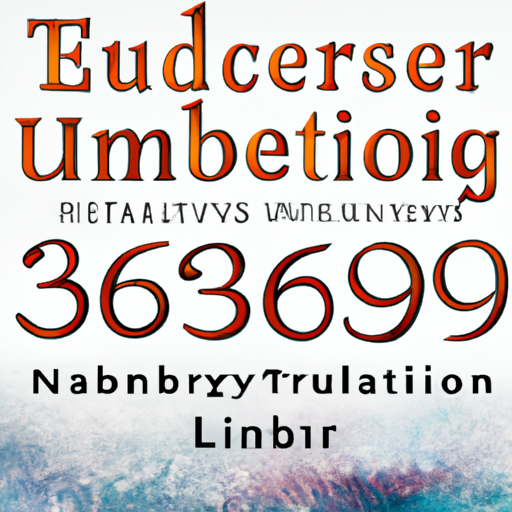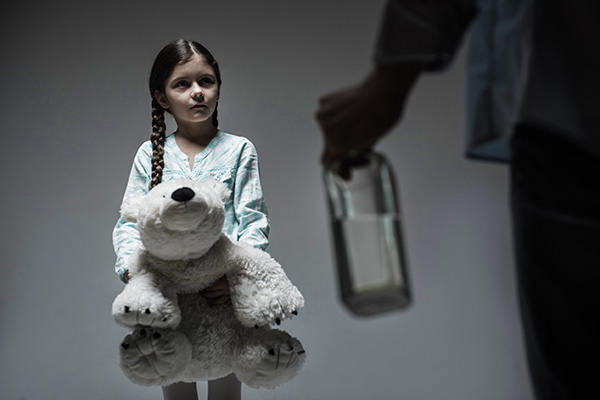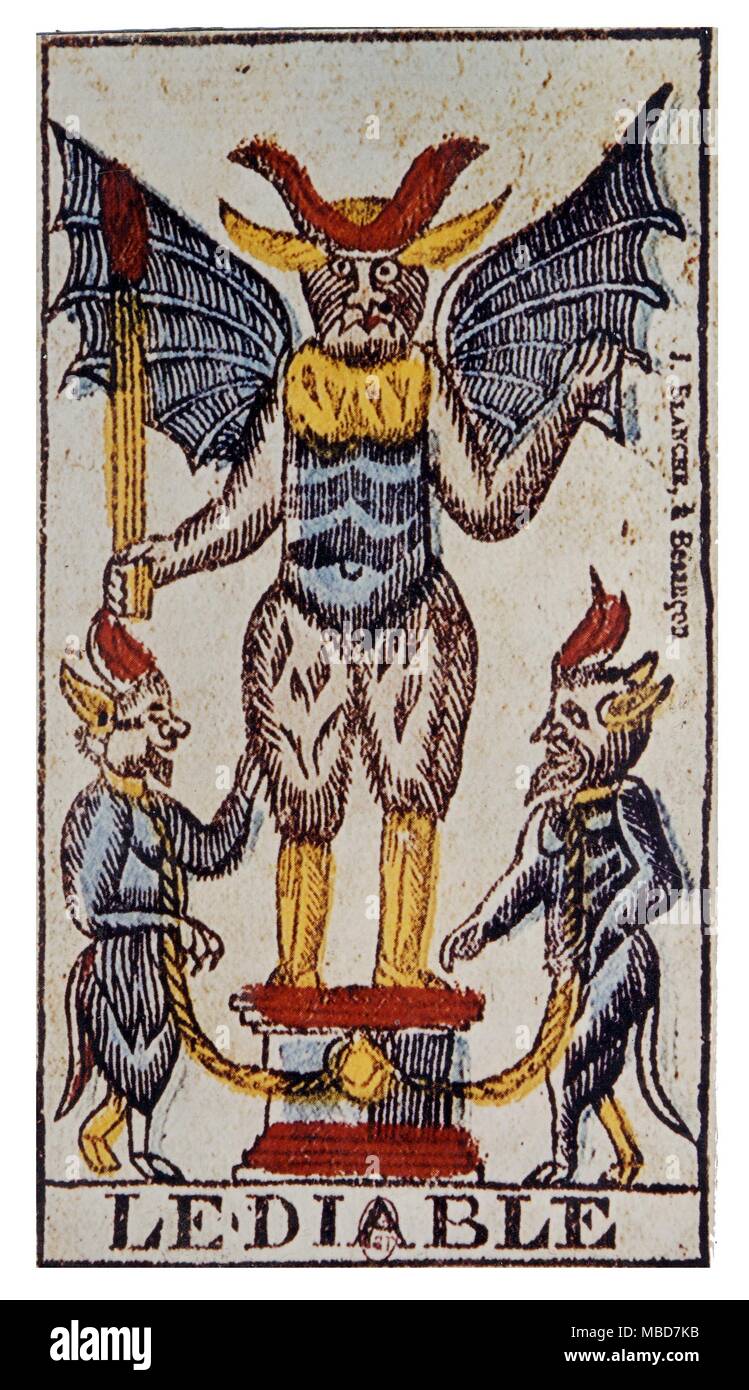Delving into the Spiritual Wisdom of the Major Arcana
 If you’ve ever felt an irresistible attraction to the Tarot, you’re certainly in good company. For centuries, these cards have been a tool for unveiling the secrets of our life’s journey and soul mission. Within the traditional 78-card Tarot deck, 22 cards emerge prominently for their profound spiritual significance and archetypal wisdom: the Major Arcana.
If you’ve ever felt an irresistible attraction to the Tarot, you’re certainly in good company. For centuries, these cards have been a tool for unveiling the secrets of our life’s journey and soul mission. Within the traditional 78-card Tarot deck, 22 cards emerge prominently for their profound spiritual significance and archetypal wisdom: the Major Arcana.
The term “arcana” originates from the Latin arcanum, which translates to “secret” or “mystery.” These 22 cards begin with The Fool and conclude with The World, outlining a symbolic expedition of spiritual enlightenment and personal evolution.
During readings, Major Arcana cards typically represent pivotal lessons and growth at the soul level. These archetypal cards constitute the foundation of the Tarot, directing seekers along their quest for self-actualization and spiritual enhancement, commonly referred to as The Fool’s Journey.
When multiple Major Arcana cards show up in a spread, I frequently perceive that the querent (individual receiving the reading) is experiencing a spiritually significant moment. These cards underscore soul agreements, karmic cycles, and transformative life changes. They inspire us to pause, reflect, and connect with our higher selves.
Conversely, the other 56 cards—termed the Minor Arcana—address more mundane aspects of life. They are categorized into four suits representing the elements (Cups, Pentacles, Swords, and Wands) and include both numbered cards and Court Cards, often referred to as the “people cards.” When numerous Minor Arcana cards appear, the reading generally concentrates on practical issues, providing insights and advice for managing everyday challenges and decisions.
The cards offer you images and symbols to refine your vague intentions and turn them into actionable steps. Your will is the magic. In essence, you are the magic. ~ Theresa Cheung
However, Major Arcana cards compel us to delve deeper. They are not mere warnings or penalties, but rather invitations. They urge us to let go of outdated habits, rise above deception, and align with our soul’s journey. They are the spirit’s way of steering us toward growth and evolution.
For instance, The Wheel of Fortune portrays more than just luck or chance. It signifies a turning point—fate, karma, and destiny in action. While it may evoke images of a game show, in Tarot, this card speaks of cosmic synchronicity and significant, often unforeseen transformations. Upright, it typically heralds a positive shift: fresh opportunities, divine timing, and “meant-to-be” occurrences.
The Lovers card serves as another prime example. While often misconceived as solely a symbol of romantic attraction, its meaning runs much deeper. The Lovers reflect sacred unions, inner harmony, divine connections, and vital life decisions that challenge our alignment with our true values.
When The Lovers appears in a reading, it prompts us to contemplate: are we choosing from genuine love, or out of fear? It encourages authentic connections—within ourselves, with others, and along our spiritual journey. It speaks to unity, yet also to discernment and commitment to what truly resonates at a heartfelt level.
Now, consider the notorious Death card. At first sight, it often strikes fear into the hearts of novices, but it stands as one of the most liberating cards in the whole deck. The symbolism of the Death card revolves not around physical endings, but rather profound transformation and release. It signals the conclusion of a chapter or fixation that no longer serves your highest purpose, paving the way for spiritual renewal.
When Death surfaces in a reading, it represents a rite of passage—a moment to let go of old beliefs, relationships, or behaviors. Though it might feel like a loss, it truly signifies an initiation into greater freedom and authenticity. This card clears the way for new life to blossom.
The High Priestess, to me, embodies the profound reservoir of wisdom we can tap into when we learn to explore our own subconscious, traverse between realms, and delve into the darker aspects of ourselves ~ Susan Harper
For me, one of the most iconic and enigmatic cards in the Major Arcana is The High Priestess. Numbered 2 in most decks, she is often referred to as the intuitive or mystic of the Tarot. She stands as the silent guardian of ancient wisdom, the bridge connecting conscious and subconscious realms. Some even claim the water flowing beneath her throne nourishes all other water cards.
When The High Priestess card appears in a spread, it often indicates that not everything is as it seems. Hidden realities may be emerging, or you might feel urged to trust your dreams, intuition, and inner feelings. From my observations, The High Priestess often appears during periods of soul searching, when an individual is accessing a past life lesson or navigating subtle energetic transformations. Her message is simple yet profound: be still, listen, and trust. The High Priestess illustrates that quietness and receptivity can uncover more than action.
One of the most popular and beginner-friendly Tarot decks available is the Rider-Waite-Smith. Developed by Arthur Edward Waite and illustrated by Pamela Colman Smith (affectionately known as “Pixie”), this deck is rich with symbolism.
The Rider-Waite-Smith portrayal of The High Priestess is imbued with mystical imagery: she may embody Persephone, Isis, Artemis, or the Corn Maiden. She rests between the black and white pillars of Boaz and Jachin, which symbolize duality and balance, with a veil of pomegranates behind her—representing sacred duty and esoteric insight. Dressed in a flowing blue robe, embodying spiritual wisdom, she wears the Crown of Isis, linking her to lunar cycles and the Triple Goddess archetype. The Torah scroll, partially concealed in her lap, signifies that sacred knowledge is attainable, but only for those positioned to accept it. The crescent moon beneath her foot reflects her mastery of intuition. Every aspect of her imagery whispers of the unseen and the divine.
Ultimately, when a Major Arcana card makes its appearance, it’s prudent to pay careful attention. If you listen intently, these cards will communicate — and from my experience, they never deceive.
After 25 years of practicing Tarot, I’ve realized that Spirit, Source, God, Goddess, the Divine consistently desires the best for us. So, the next time a Major Arcana card emerges in your reading, take a deep breath, connect with your intuition, and have faith that you’re being guided to awaken the powerful, luminous soul you were always meant to be.
Keep in mind that the Tarot is a profound and sacred arcanum – its misuse is an indignity in the inner and a folly in the outer. It is intended for purposes quite different from merely predicting when the tall dark man will meet the fair wealthy widow ~ Jack Parsons
Here’s a beginner-friendly, soulful overview of the 22 Major Arcana cards. These cards collectively narrate the Fool’s Journey, a metaphor for personal development and spiritual growth. Each step offers insights into the obstacles and successes we encounter along our path to self-realization.
0 — The Fool: Begin a new journey with innocence and trust. The Fool encourages you to take a leap of faith and welcome the unknown with an open heart.
I — The Magician: Unlock your inner abilities to manifest what you seek. The Magician reminds you that you possess all the resources necessary to create your reality.
Reddit:
II — The High Priestess: Explore the depths of your intuition and inner wisdom. She teaches that the most significant truths are sometimes revealed in silence and contemplation.
III — The Empress: Embrace creativity, abundance, and nurturing energy. She encourages you to connect with nature and its offerings.
IV — The Emperor: Create structure, stability, and authority in your life. The Emperor will guide you in taking charge and leading with assurance.
V — The Hierophant: Pursue spiritual knowledge through tradition and shared beliefs. He epitomizes the importance of learning from established systems and mentors.
VI — The Lovers: Delve into the depths of love, relationships, and choices. This card signifies the need for alignment between your values and your decisions.
VII — The Chariot: Move ahead with determination and resolve. The Chariot urges you to conquer challenges through focus and persistence.
VIII — Strength: Develop inner courage and compassion. Strength teaches that true power exists in patience and gentle resilience.
IX — The Hermit: Retreat into solitude to seek inner guidance. The Hermit sheds light on the path to self-discovery and enlightenment.
X — Wheel of Fortune: Embrace life’s cycles of change and destiny. This card reminds you that life’s fluctuations are part of a larger plan.
XI — Justice: Advocate for truth, equity, and responsibility. Justice urges you to reflect on the consequences of your choices and pursue balance.
XII — The Hanged Man: Release and consider things from a new angle. The Hanged Man imparts the importance of letting go and embracing change.
XIII — Death: Welcome endings that provide opportunities for new beginnings. Death represents transformation and the shedding of outdated layers.
XIV — Temperance: Achieve harmony through balance and moderation. Temperance encourages the integration of various life aspects to foster peace.
XV — The Devil: Face your shadows and liberate yourself from constraints. The Devil exposes the bonds that hold you, along with the strength to break free from them.
XVII — The Tower: Experience abrupt upheaval that leads to awakening. The Tower clears away false structures to make room for truth.
XVII — The Star: Reignite your hope and faith in the universe. The Star brings light for healing, inspiration, and spiritual clarity.
XVIII — The Moon: Navigate the realms of dreams, illusions, and intuition. The Moon invites you to delve into your subconscious and confront hidden fears.
XIX — The Sun: Delight in joy, vitality, and success. The Sun provides warmth, clarity, and a celebration of life.
XX — Judgment: Awaken to a higher calling and embrace change. Judgment indicates a period of reflection, forgiveness, and renewal.
XXI — The World: Celebrate the achievement of goals and aspirations. It symbolizes completeness, fulfillment, and the integration of lessons learned.
|
Known as The Psychic’s Psychic, since 1998, Isadora has read for thousands all over the world, her impressive list including clients from the Obama administration, Fortune 500 CEO’s and notable names in Hollywood. Her detailed (Gemini) accuracy is nothing short of astounding, with her ability to see people at the Soul Level and clearly answer questions on a wide range of subjects, from relationship matters, business decisions, to past lives, etc.—anything that requires clear answers and pin-point insight. She has the ability to identify hidden patterns that run beneath your current situation, providing you with information to positively change your future. If you’d like a reading with this compassionate, straight forward, laser-accurate and dedicated Psychic, you can find Isadora at PsychicAccess.com. |
The Major Arcana consists of 22 cards in a tarot deck regarded as the most significant and potent cards within the deck. Each card within the Major Arcana symbolizes a different facet of the human journey and can provide invaluable insights into our spiritual path.
Delving into the Major Arcana can be a profoundly enriching and enlightening experience. Each card carries its distinctive symbolism and meaning, and by probing into these interpretations, we can glean a more profound understanding of ourselves and the universe surrounding us.
One of the most recognized cards in the Major Arcana is The Fool. This card epitomizes fresh starts, innocence, and a sense of adventure. When The Fool emerges in a reading, it may indicate that it’s time to take a leap of faith and embrace the unfamiliar. The Fool encourages us to trust the universe and listen to our instincts, even when the path ahead appears ambiguous.
Another impactful card within the Major Arcana is The Tower. This card signifies abrupt change, upheaval, and destruction. While The Tower may initially appear ominous, it genuinely presents a chance for growth and metamorphosis. When The Tower arises in a reading, it may indicate that outdated structures and beliefs are disintegrating, allowing something new and better to unfold.
The High Priestess stands as another vital card in the Major Arcana. This card embodies intuition, enigma, and the subconscious. The High Priestess urges us to heed our inner voice and trust our instincts. She reminds us that not everything is as it appears at first glance, inspiring us to dive deeper into our psyche to uncover concealed truths.
By examining the spiritual messages of the Major Arcana, we can attain a more profound comprehension of ourselves and the world around us. These cards provide essential guidance and wisdom to help us navigate life’s challenges and make choices that align with our highest good.
Whether you’re a novice in tarot or have been studying it for years, exploring the Major Arcana can be a rewarding and illuminating journey. Take time to meditate on each card, journal about its symbolism and significance, and see how it resonates with your personal experiences. You may be astonished by the insights and revelations that surface as you investigate the spiritual depths of the Major Arcana. Continue reading







